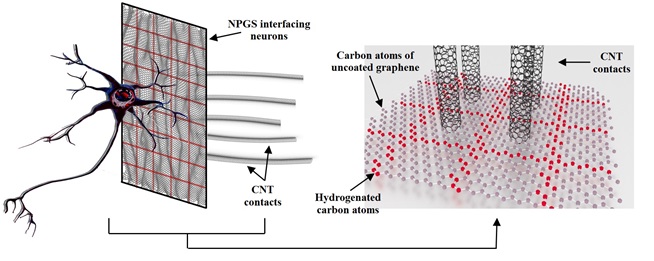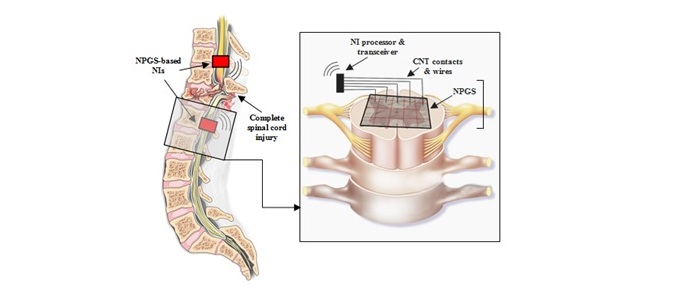Funded by: ERC Proof of Concept (PoC) Grant,
Duration: 12M,
Amount: 150K Euro
Since the first conception by the ancient Greek philosopher Democritus of the indivisible components that make up the material world, the atoms, the scientific history has witnessed a great unfolding of understanding of the "world at the bottom". We have verified that Democritus was in fact correct, and have even managed to look at this world at the bottom, thanks to the increasingly more rapid advancements in our technology. We have managed to develop theories, which formulate how these atoms arrange themselves into more complex structures, called molecules, and have even managed to practically see these entities. The next challenge has come to the point, where we want to understand how these molecules communicate with each other, and how we can manipulate this communication network. This requires an efficient way of communicating with these entities, which is the main ambition behind our ERC funded project MINERVA.
In project MINERVA, we are striving to lay the information and communication theoretical (ICT) foundations of the human nervous system with the aim of designing and implementing bio-inspired nanomachine networks, as well as developing ICT-inspired neuro-treatment techniques. In the context of the former we engage in creating artificial synapses, devices capable of electrical-to-molecular (e2m) and molecular-to-electrical (m2e) signal transduction, while for the latter direction we are developing a nervous nanonetwork simulator, N4Sim, mimicking the molecular communication dynamics of the nervous system.

Our research in the design of nanoscale e2m and m2e transducers mainly focuses on graphene as the primary building block. Graphene is a novel 2d-material, i.e. one atom thick, with many interesting and exciting properties, which make it very suitable for such an undertaking. Prior to entering the stage of building actual nanomachines as aimed by the project MINERVA, in MINERGRACE, our objective is to manufacture a novel transceiver with high spatial resolution based on nano-patterned graphene sheets (NPGSs), which can both read and manipulate ionic concentration levels in an aqueous medium with unprecedented resolution.
NPGSs can be utilized as high resolution neural interfaces (NIs) capable of differentiating and generating highly localized fluctuations in specific ion concentrations, and commence the initial studies towards their commercialisation. High resolution aspects of NPGSs would provide a very significant improvement to the state-of-the-art interfacing methods relying on metal electrodes, in terms of both the capacity of the communication and the complexity of data communicated with the nervous system: Instead of communicating cumulative signals with a multitude of neuron somas and/or synapses at once, one can significantly improve towards communicating with these biological entities individually.

High resolution NIs are highly sought after in any application that involves communication with the nervous systems of biological entities. With the advent of graphene, the promise of achieving such NIs has shown itself, and we believe that, NPGSs we propose to manufacture as part of our PoC activities will effectively fulfil this promise. Furthermore, investigation into patenting prospects will provide the initial steps towards establishing commercialisation and the reach of the innovation to end-users.

